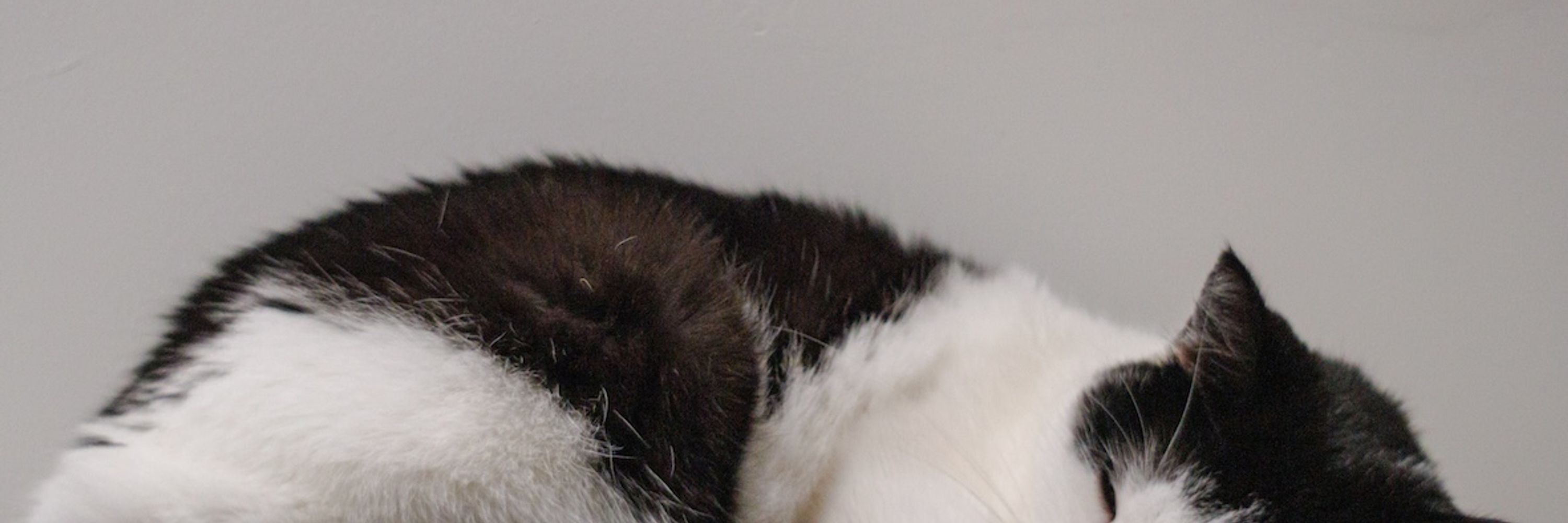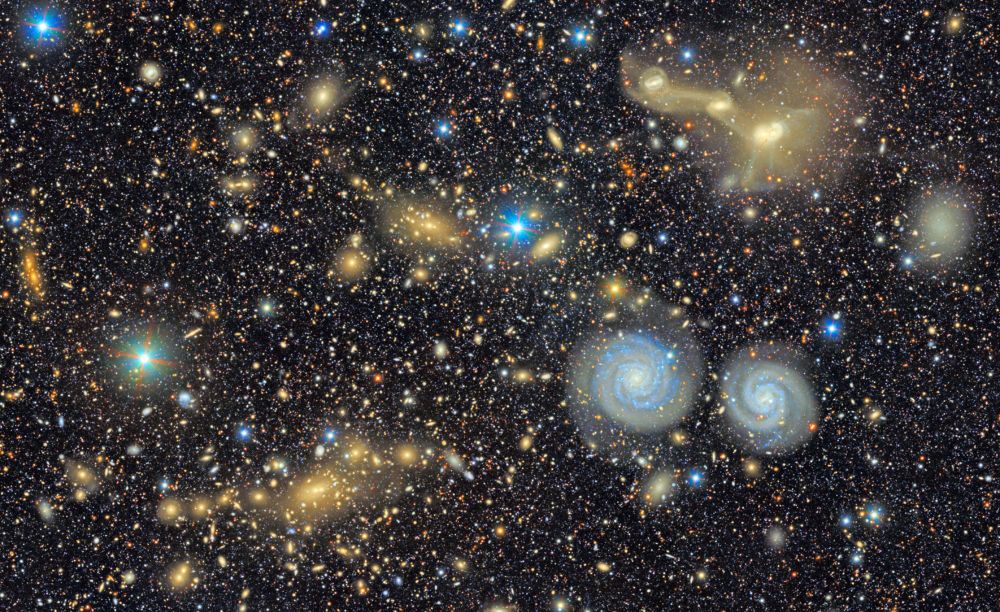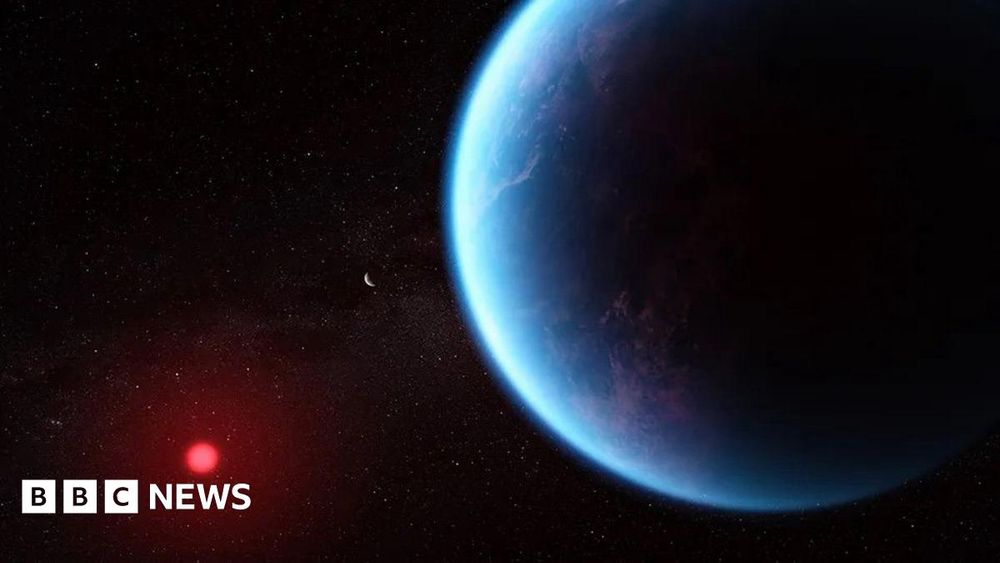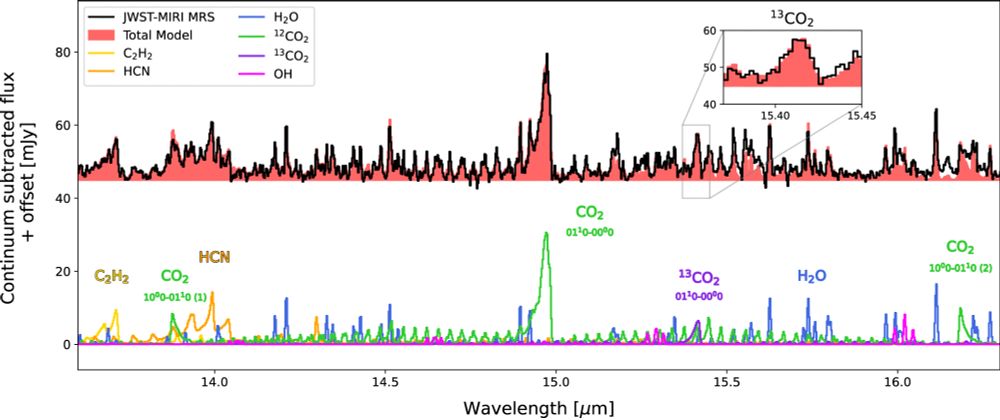Łukasz Tychoniec
@ltychoniec.bsky.social
91 followers
120 following
22 posts
Postdoctoral researcher at Leiden Observatory.
Cats, coffee, space, JWST.
Posts
Media
Videos
Starter Packs
Łukasz Tychoniec
@ltychoniec.bsky.social
· Aug 27
El Espectro 👻 🎃
@telescoper.bsky.social
· Aug 27

Should PhD students drink more? - Theory and Society
This essay examines the declining alcohol consumption among PhD students and its implications for academic social life. Drawing on Slingerland’s (2021) evolutionary framework, I suggest that moderate ...
link.springer.com
Łukasz Tychoniec
@ltychoniec.bsky.social
· Jun 26
Łukasz Tychoniec
@ltychoniec.bsky.social
· Jun 25
Łukasz Tychoniec
@ltychoniec.bsky.social
· Jun 23
Reposted by Łukasz Tychoniec
Łukasz Tychoniec
@ltychoniec.bsky.social
· Jun 13
Reposted by Łukasz Tychoniec
Łukasz Tychoniec
@ltychoniec.bsky.social
· Apr 19
Łukasz Tychoniec
@ltychoniec.bsky.social
· Apr 19
Łukasz Tychoniec
@ltychoniec.bsky.social
· Apr 15
Łukasz Tychoniec
@ltychoniec.bsky.social
· Apr 14
Łukasz Tychoniec
@ltychoniec.bsky.social
· Mar 17
Protostellar Outflows | Annual Reviews
Outflows from accreting, rotating, and magnetized systems are ubiquitous. Protostellar outflows can be observed from radio to X-ray wavelengths in the continuum and a multitude of spectral lines that ...
www.annualreviews.org
Łukasz Tychoniec
@ltychoniec.bsky.social
· Mar 17
Reposted by Łukasz Tychoniec















